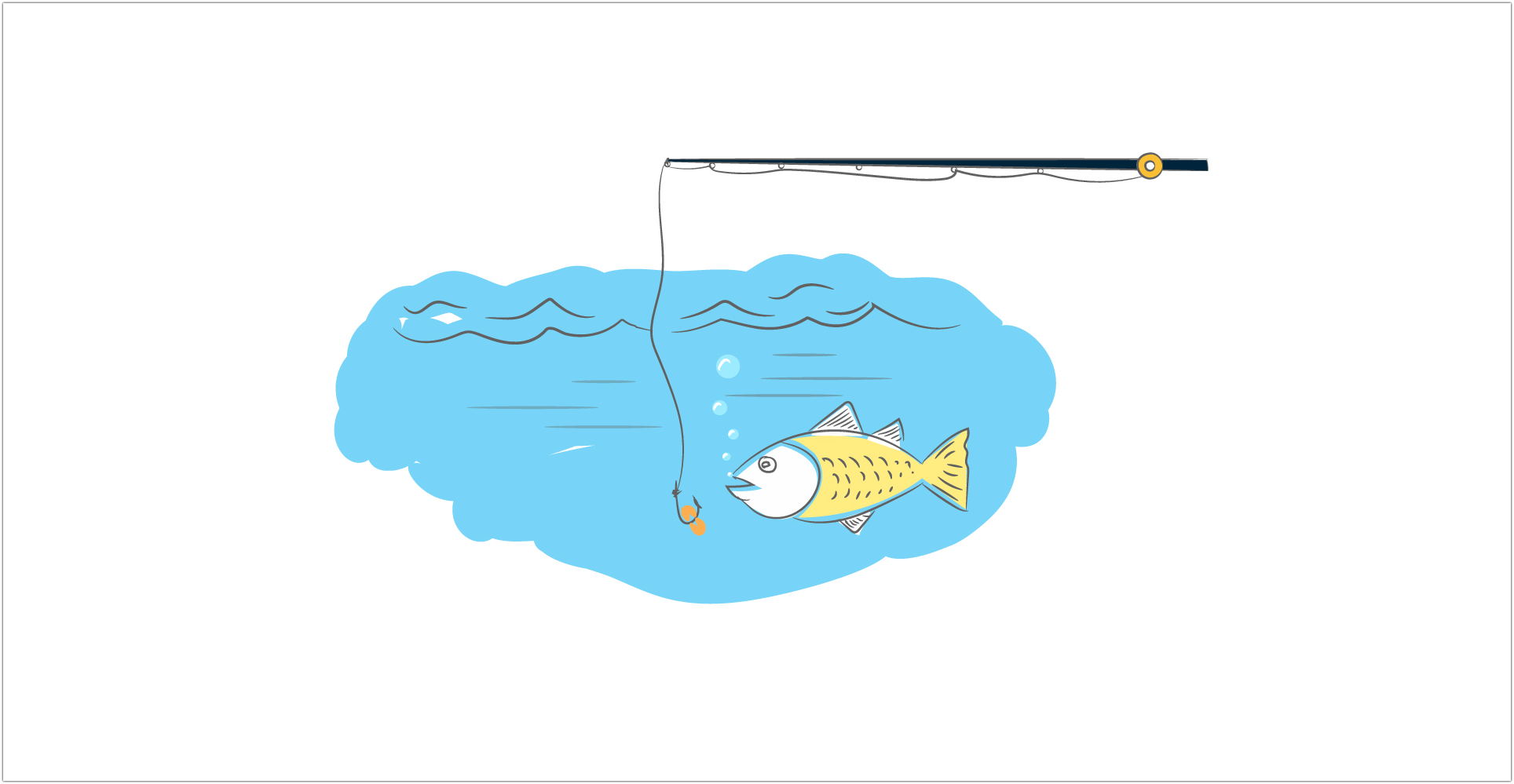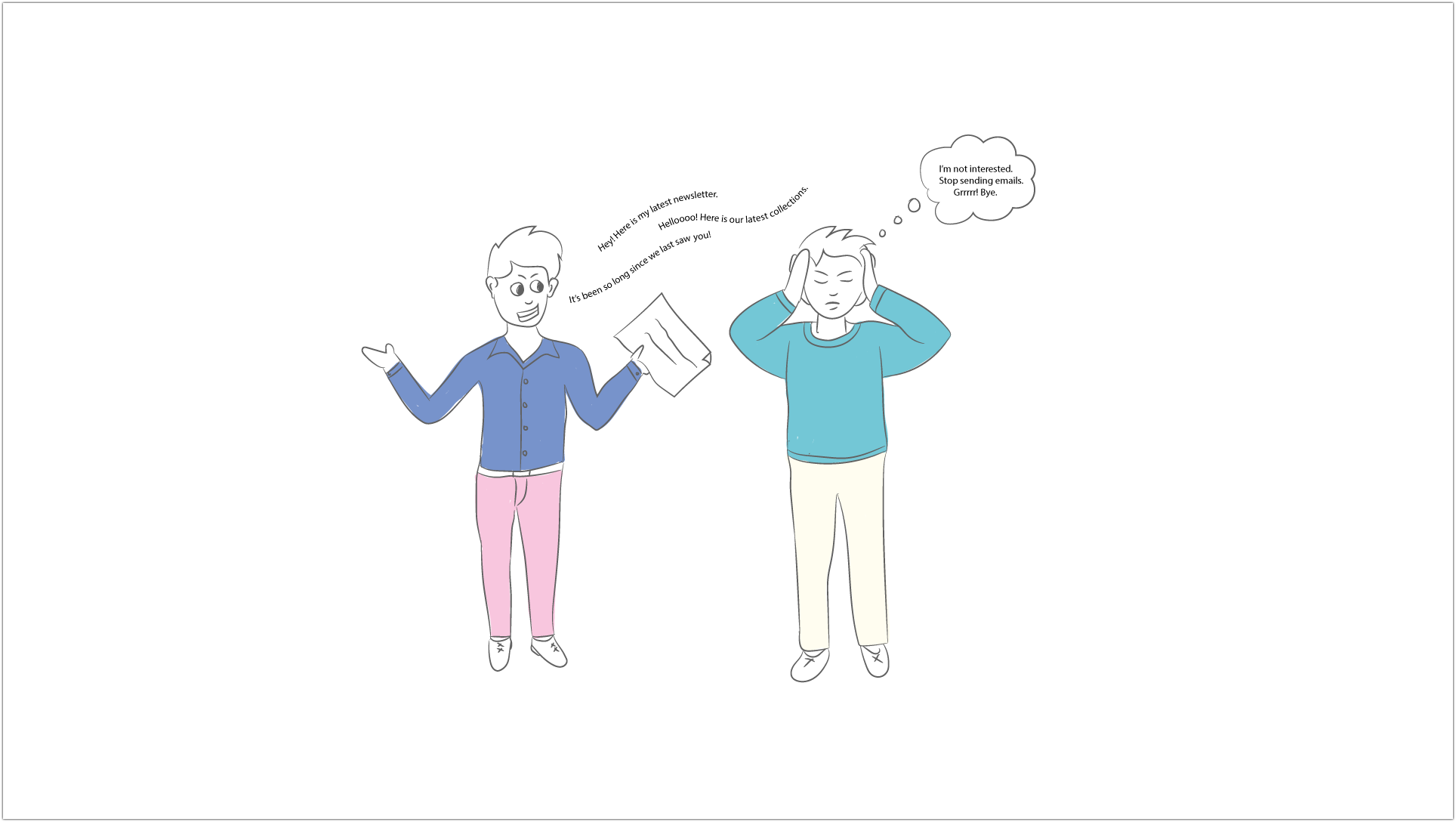Things to know about Blacklists
A blacklist is a list of IP addresses and domains that are suspected of sending spam. Blacklist services such as Spamhaus, Sorbs, Barracuda, Spamcop, and others maintain their own blacklists. Based on the blacklists, ISPs (Internet Service Providers) and ESPs (Email Service Providers) block emails from suspected domains/IPs from entering the mailbox.
What to do if your domain is blacklisted
If your IP/sender address is on a blacklist, take the following steps immediately:

Use blacklist look-up tools to know in detail about the services which have blacklisted your domain.
Delist your domain from the service that has blacklisted it.
Submit a delist request form provided by the service.
Analyze the reason for blacklist and take prompt actions to avoid it.
Avoid sending emails until you're delisted; it can be even more detrimental and cause your domain to be blacklisted by other blacklist services.
You can check your blacklist details at blacklist lookup services such as MXToolbox, DNSBL, MultiRBL, BLACKLISTALERT.org, Spamhaus, Sorbs, Barracuda, and others.
How a blacklisted domain affects your messages
- Poor email delivery (email rejection and landing in spam or junk)
- Poor domain reputation with other blacklist and anti-spam services
- High bounce rate from the recipient system
Some of the primary things that cause blacklisting of a sender domain/IP are as follows:
- Poor list management
- Poor email sending practices
Poor List management
A mailing list without proper maintenance is the root cause for a domain to get blacklisted.
Abuse complaints
A major cause for domain blacklisting is complaints. When email recipients mark an email as spam, spam filters at various levels consider the sender suspicious. If your emails have high mark as spam complaints, it can get blacklisted.
Email recipients may also report a sender domain directly to anti-spam services, or to Zoho Campaigns (as your emails were sent through Zoho Campaigns). Direct abuse complaints cause more trouble and can speed up blacklisting of a domain.
To learn how to tackle complaints, click here.
Spam traps
Blacklist services employ spam trap addresses to determine which senders should be blacklisted. Spam traps resemble normal email addresses, but don't respond to emails or sign up for mailing lists. Spam traps can't be identified as easily as bounces and complaints.
Remove non-opt-in and unresponsive email addresses that have been unresponsive for a long time (more than six months). There's a high chance that these idle email addresses could have become expired and got converted to spam trap addresses.

To learn how to avoid spam traps, click here.
High unsubscribes
Though unsubscribes are common in email marketing, when the rate is high, anti-spam services consider it as a negative response and degrade the sender's domain reputation. This can lead to blacklisting of the domain depending on the severity of the unsubscribe rate.


Note: When you switch from another email marketing software to Zoho Campaigns, you should leave behind any unsubscribed and bounced email addresses. Import hygienic mailing lists. Click here to learn what to avoid when migrating to Zoho Campaigns.
Poor Email sending practices
The following email practices can lead to a bad sender domain reputation/score:
Sender recognition failure
Your contacts tend to open an email only when they're sure about its sender. If not, they ignore, delete, or mark it as spam right away. Anti-spam services consider contacts' negative response and degrade your sender domain reputation. This leads to domain blacklisting. To learn more about sender recognition, click here.
Improper contact engagement
It's human nature to forget. When you send emails to contacts after a long gap (more than 6 months), it can be hard for them to recollect who you are. This can lead to abuse complaints. We recommend you to maintain a balance in your emails.
Send regular emails to those who've shown their interest. Segment contacts who are idle for more than 6 months. Retarget them with re-engagement emails and remove unresponsive and uninterested contacts from your mailing lists. To learn more about list segmentation, click here.
Blacklisted links (URLs)
Including URLs with blacklisted domains is detrimental to your emails and sender domain. Shortening URLs from public services is not advisable since it is vulnerable to spamming attacks. When you include URLs, make sure they're not under any blacklists.
To learn more about using URLs in emails, click here.
Emails with irrelevant content
If an email has a subject line that is completely different from the email content, the contacts may feel deceived. This makes them mark it as spam, thereby leading to domain blacklisting.
Make sure your subject line, your email message, and the webpage content redirected from the URLs given in the email have related content.
Emails from a new domain.
If you're using a new domain to send emails, consider the following,
- If this new domain is different from the domain that your contacts signed up on, then inform them that both are the same. Include a line in the footer saying, "You're receiving this email because you subscribed to yourdomain.com".
- If you are sending emails to many customers from a new domain, anti-spam services will feel skeptic because you don't have any footprints with the recipient system. Until you build a good reputation with the recipient system, it may defer your emails. The best solution to this is to segment your mailing list and to gradually increase the number of email recipients.
How to avoid getting blacklisted
- Regularly check your domain reputation with reputable anti-spam services such as Spamhaus, Sorbs, Spamcop, and others.
- Check your bounce rate and the error message in it. If your bounce reason states that the bounce is due to blacklisted domain, then you need to make a delist request to the respective blacklist service.
Related Articles
Things to know about Blacklists
A blacklist is a list of IP addresses and domains that are suspected of sending spam. Blacklist services such as Spamhaus, Sorbs, Barracuda, Spamcop, and others maintain their own blacklists. Based on the blacklists, ISPs (Internet Service Providers) ...What are the important things I need to know before activating multi-currency?
Before you activate the multi-currency feature, keep these points in mind: Multi-currency feature is available only in the Enterprise Edition and above. Only users with the Administrator profile can activate this feature and add currencies. Once ...All you need to know about Bigin
What is Bigin? Bigin is an Pipeline-centric CRM built and priced for small businesses, which is designed to make your sales process more effective. It offers out of the box solution for all your business needs and eliminates the use of spreadsheets ...How do I know that I've hit a spam trap?
There's no easy way to realize that. You can probably get a hint you are hitting a spam trap when your reputation suddenly falls low or any of ESP have blacklisted your domain or get a warning from your email marketing service provider. In any case, ...How do I know that I've hit a spam trap?
There's no easy way to realize that. You can probably get a hint you are hitting a spam trap when your reputation suddenly falls low or any of ESP have blacklisted your domain or get a warning from your email marketing service provider. In any case, ...